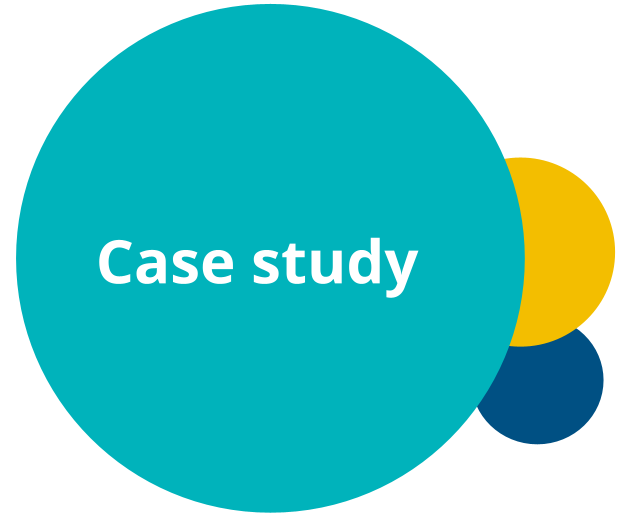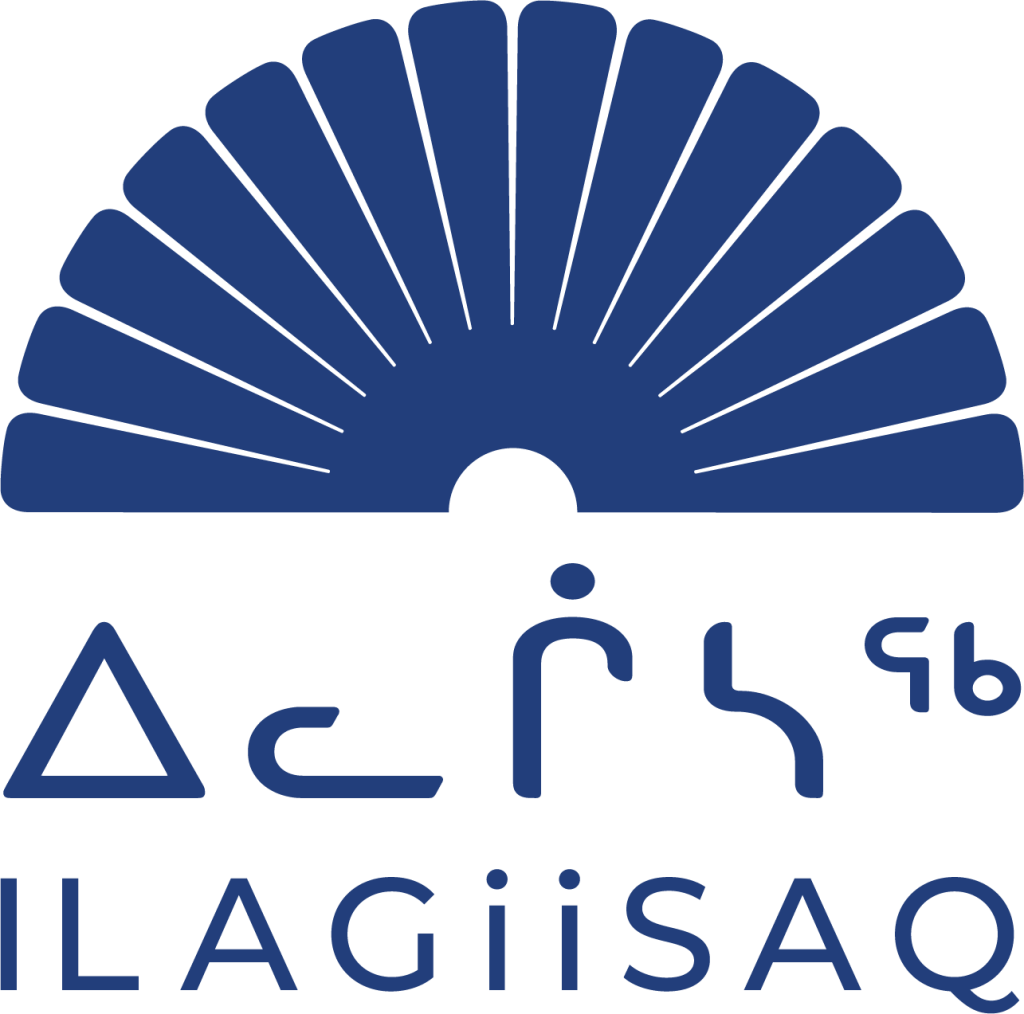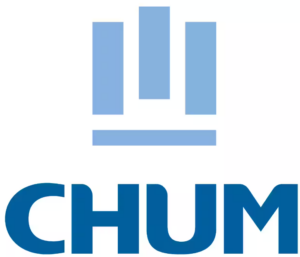The objective for companies in this industry is to rely on the digitalisation of site operations and processes to optimise the management of work permits and risks related to safety.
What were the challenges and context of the site safety hazard management?
Singapore is one of the countries with the lowest workplace fatality rate in the world. Singapore was on track to meet its 2028 Workplace Safety and Health (WSH) target of achieving an occupational fatality rate of less than 1.0 per 100,000 workers.
The Workplace Safety and Health Council (WSHC) reports that: “In the first half of 2022 (1H 2022), there were 28 workplace fatalities and construction was the largest contributor to both fatalities and serious injuries, bringing the 6-month fatality rate per 100,000 workers to 0.8. This was higher than 2H 2021 (0.4) and 1H 2021 (0.7).” By September 2022, there have been 37 workplace fatalities since the start of 2022, the exact figure for all of 2021.
This considerable setback prompted the Ministry of Manpower to launch the code of practice, which specifies the duties of business leaders in terms of safety and health at work, as well as reinforces their accountability in the event of an accident at work.
This situation has triggered initiatives for better site safety management in the construction sector in the country. As part of the digitisation of site processes, BlueKanGo has designed several modules that cover:
- Permit To Work (PTW): a custom module for Permit To Work, a digital tool that enables organisations to authorise controlled work such as maintenance, inspection, modification and non-routine high-risk activities in potentially hazardous conditions to prevent a major accident.
- Safety hazard management: safety hazard observation and HSE inspection and incident management reporting.
- Electronic Document Management (EDM): a tool that makes it possible to create, update, share and store all document databases to process any type of document homogeneously.
What solutions are needed for an effective site safety management system?
In this project, BlueKanGo was entrusted with the tedious mission of implementing a unique digital solution, capable of centralising data, and integrating an E-PTW software that can synchronise operational, maintenance, scheduled and unscheduled work across organisations, provide control over contractors and reduce risk, with a high-performance integrated document management system (EDM: Electronic Document Management).
Site safety management is a complex and challenging task that requires a robust risk management process, especially in this industry. The objective was to deploy a dedicated tool that could streamline this process by centralising and consolidating all data.
BlueKanGo has developed a tool that can adapt to the field environment by offering functional services that work even without an internet connection (synchronisation as soon as the internet network allows it).
In general, the main missions of a Site Safety Manager in the construction industry are to define the risk management strategy, and quickly report and record site hazards and incidents. He needed the software to monitor and control work such as maintenance, inspection, and non-routine high-risk activities under potentially hazardous conditions to prevent accidents. The tool was essential as a medium for providing access to a centralised and shared Global Action and Safety Plan.
What are the benefits of the solution?
BlueKanGo enables organisations to centralise all information on a single platform, thus eliminating cumbersome paper documents linked to processes.
The digitalisation of the permit-to-work process greatly reduces the time spent on permit approval compared to a paper-based system. Moreover, with the addition of mandatory fields, timestamping and records presented in an easy-to-monitor table, visibility and accountability have been greatly enhanced. The tool substantially improves the efficiency of the permit-to-work process.
The digital system allows upper management to analyse data captured in the safety hazard observation, safety inspections and incident management modules. The group HSSE Manager can log in to the BlueKanGo system, and there on the main dashboard, get a big-picture overview of the PTW system and review real-time statistics relating to safety hazard observation template and site safety inspections.
The tool offers functions that allow managers and executives to view statistical tables and graphs. BlueKanGo can gather various datasets, from which the manager can identify trends and patterns, a valuable feature that can be used to take actions to improve health and safety at the site.
Conclusion
Risk management is paramount to construction site safety, it is not only a requirement but a serious strategy for all companies wishing to reduce accidents, protect their workers and save money.
The BlueKanGo platform allows better prioritisation and documented decision-making. Organisations save time and efficiency while improving the site’s enforcement (monitoring, verification and approval process), and ensuring workplace safety and health compliance. A comprehensive solution to site safety management for a company delivering large-scale projects in civil and architectural engineering projects.
Are you interested in digitalising your processes ?










